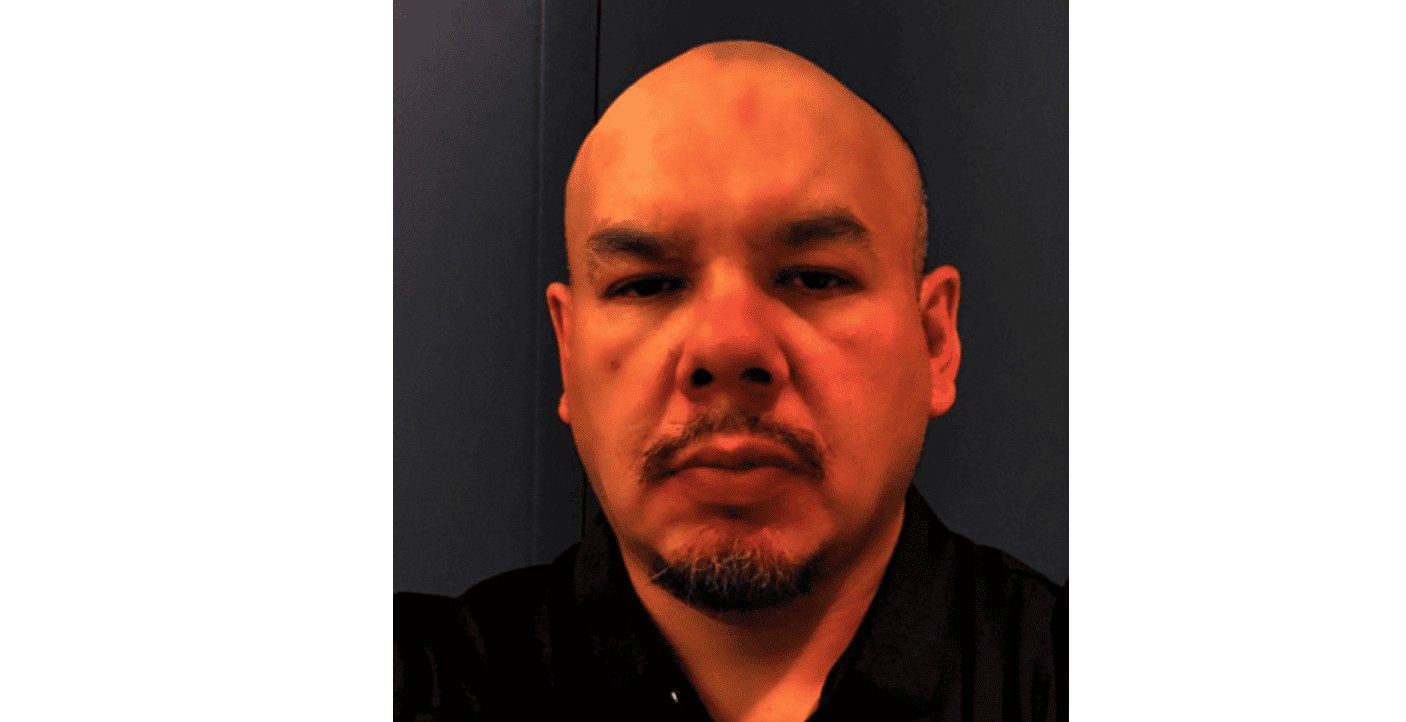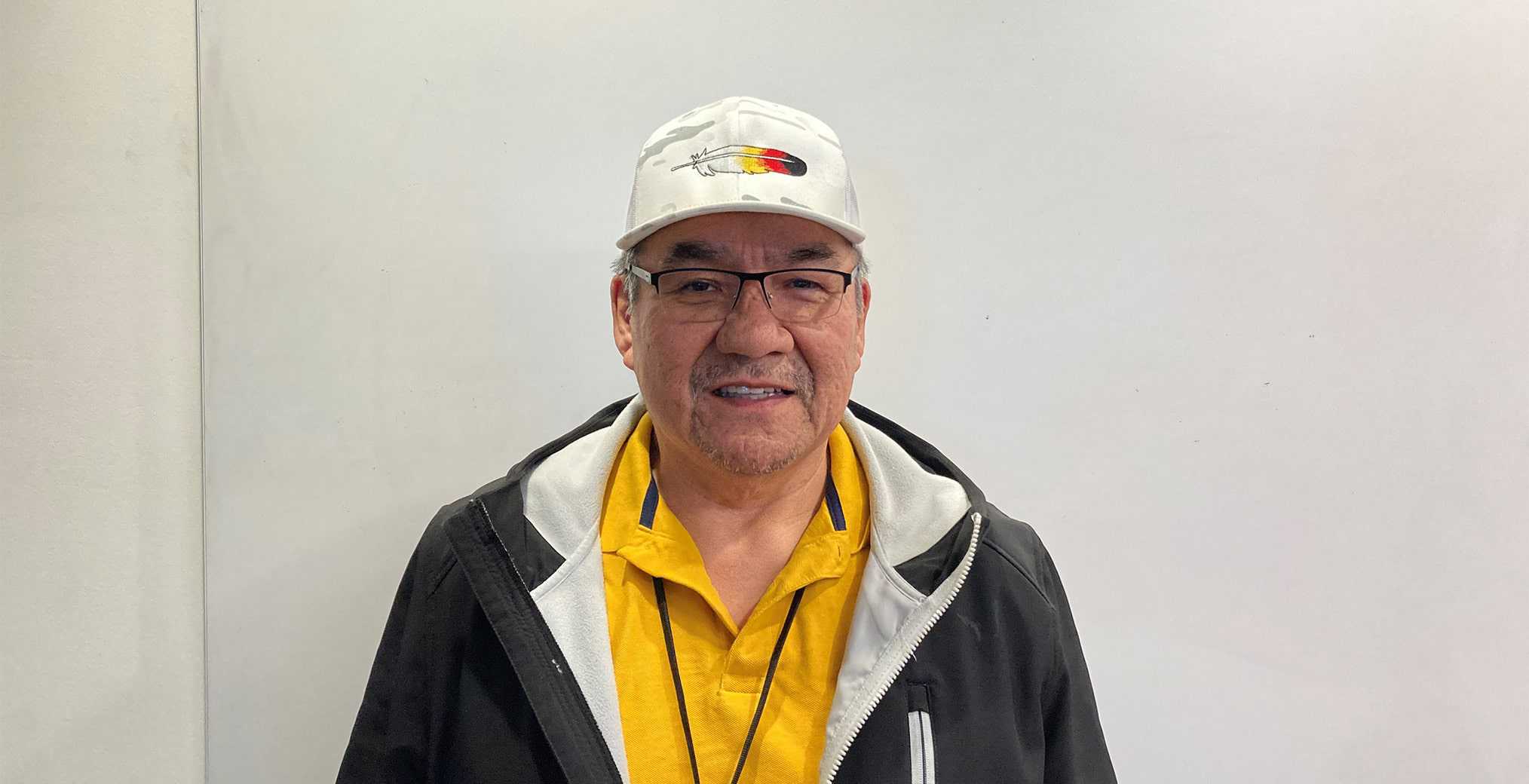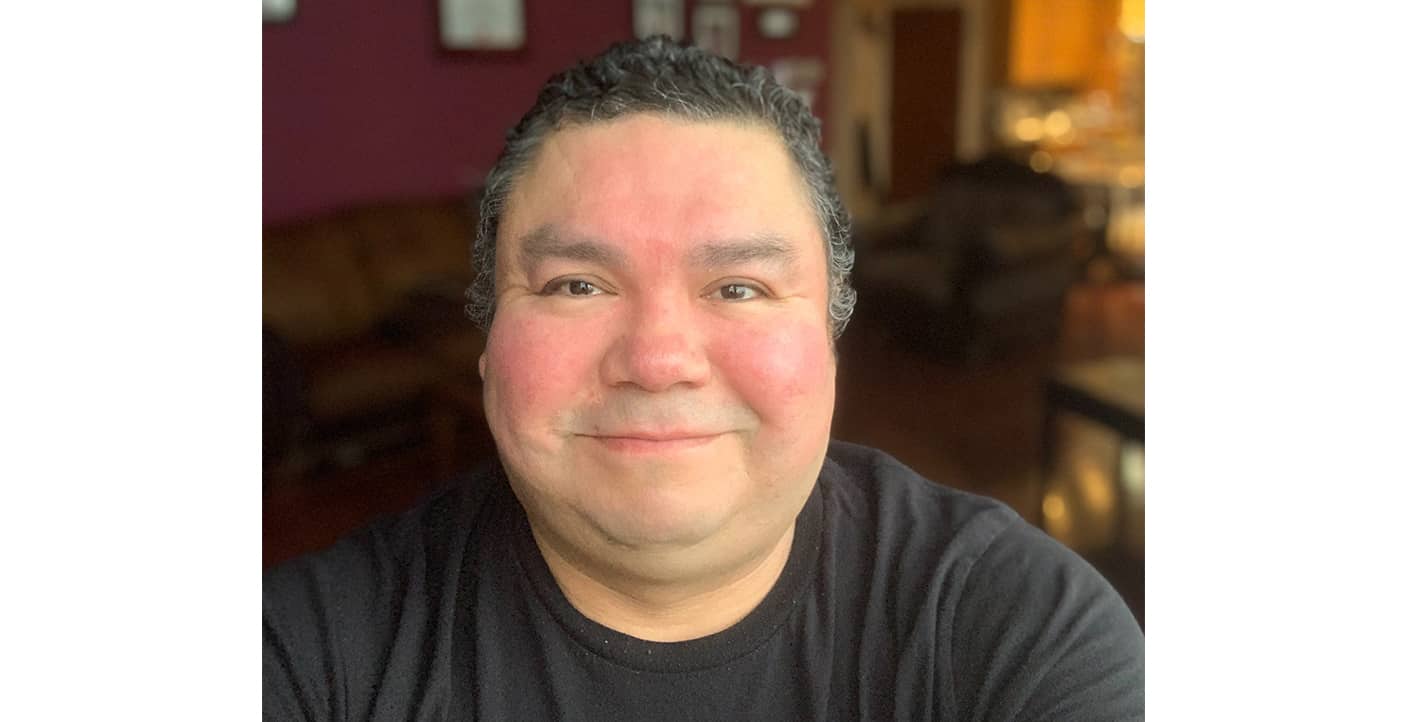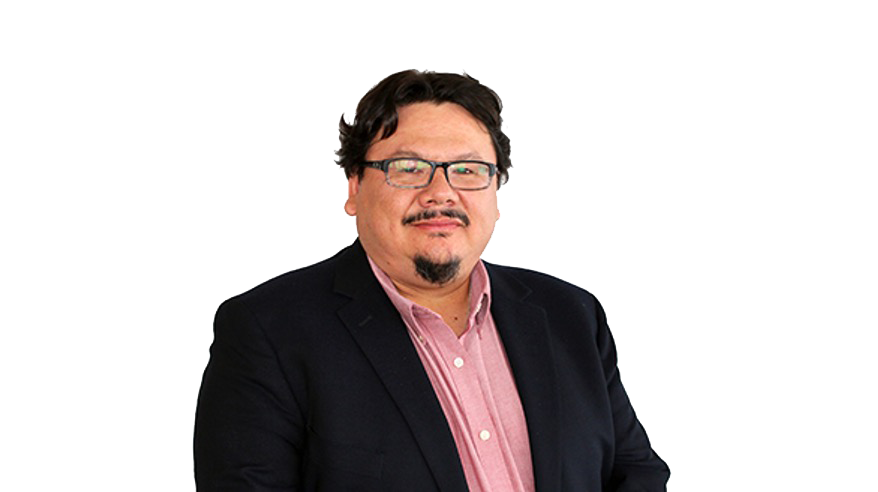Tell us about yourself, your background and how you got involved with the LGA?
I’m a contractor and entrepreneur and I have my own company in road maintenance and construction. When COVID hit all the contracts stopped. When I saw the LGA posting, I jumped on it right away. It’s been a good ride.
What have you learned since getting involved?
The most important message we’ve learned is to be 100 per cent transparent with the people and make sure everybody understands that there is no hidden agenda. This is the first time our nation has been brought in on a huge project like this at such an early stage. Most of the time, we’ve always been told “OK, all the studies have been done, we’re going to start working in two months”. Now, as Crees, we’re able to see all the plans, the preparations and the studies that need to be done before anything is given the green light by the Cree leadership.
How have you seen Eeyou Istchee change in your lifetime?
We’ve come from having gravel roads to having paved streets and a more structured administration for the community. From what I’ve seen since I was a kid, the direction we’re going is a positive one. But, from a negative point of view, I would say that we’re slowly losing our culture and heritage. Kids are being pulled into the technological world, watching videos, not much learning. And we’re allowing that to happen.
What do you see happening in the next 30 years in Eeyou Istchee?
I think people will start realizing that we’re in danger of losing our culture, we’re losing our way of life. But I believe we’re going to turn that around and use technology to our advantage and bring back our culture in that way, help our kids learn Cree faster. I’m an optimistic guy. I believe we will be able to adapt to what comes next, using technology to also teach science and math. That’s the direction I would like to see it go in and I’m pretty sure that’s the direction our leadership will see it go in in as well.
What is the role of LGA in the years ahead?
LGA is in a position where they can help guide and show that we can take control of what kind of opportunities are coming into our land, we can control how we protect our way of life. We control our land-users, their way of life and we make sure that they can continue living the way they do off the land. And we can still bring in safer ways of transport, transporting goods and materials up in and out of the Eeyou Istchee. So I think we’re pretty much being put in the driver’s seat and we cannot let go of that position. This is an opportunity for us to not dictate but lead everybody. This is what we can do for our people and for all of us. I’m enjoying my role as CIO and it’s an opportunity for me to continue learning, but also to be put in a position where I can share as much information as I can to our people.



